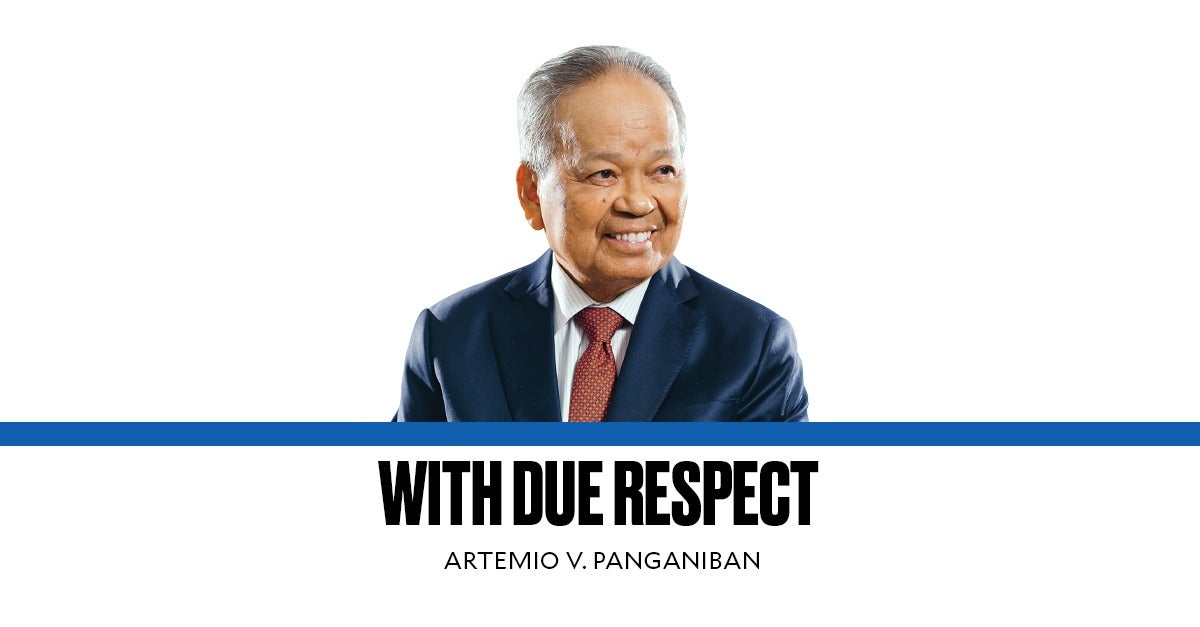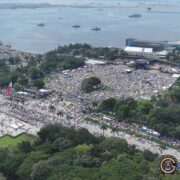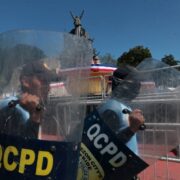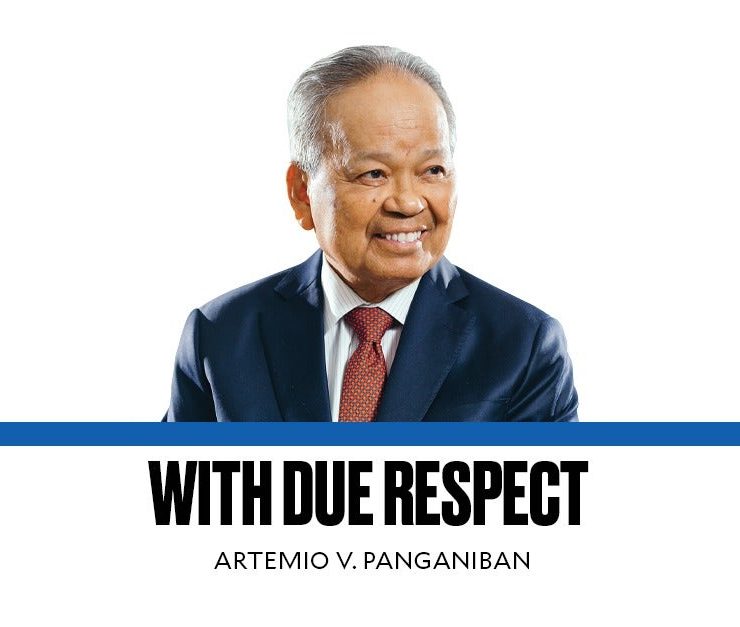De Lima’s remedies to remain free

In a 12-page decision promulgated on April 30, 2025, the Eighth Division of the Court of Appeals (CA)—composed of JJs Nina G. Antonio-Valenzuela (chair), Eleuterio L. Bathan (ponente), and Florencio M. Mamauag Jr., (member)—declared “NULL AND VOID” (caps and bold fonts in original) the decision, dated May 12, 2023, of Judge Abraham Joseph B. Alcantara of the Regional Trial Court (RTC) of Muntinlupa City, acquitting former senator, now congresswoman-elect Leila de Lima, of the nonbailable crime of illegal drug trading.
TO BEGIN WITH, I believe De Lima is not at risk of detention or incarceration as a direct consequence of this decision that has not attained finality and enforceability. Her dilemma is to choose carefully the remedies to reverse this decision without being incarcerated again. She had been detained for over seven years, a major portion of which was concurrent with her term as a senator of the Republic. She was detained pending her trial because the crime charged was capital in nature and nonbailable.
Her first obvious remedy is a timely motion for reconsideration (MR) in the CA pointing out the court’s reversible errors in voiding her acquittal. After reading the rather straightforward CA judgment, I believe there is little chance the CA would reverse itself.
However, I am just a humble lawyer and have no pretension of being a “know-it-all opinion writer.” De Lima’s counsel Dino de Leon, who announced this recourse to the media, must have some cogent grounds in filing an MR. One advantage of filing an MR would preserve De Lima’s liberty while the CA is taking its time hearing and resolving the MR.
IF THE CA DENIES HER MR, then De Lima must make a delicate choice of remedies: Will she just follow the CA and allow Alcantara to recompose his decision pursuant to the form prescribed by the CA, or will she appeal to the Supreme Court?
If she goes back to the RTC as her second remedy, it would be reasonable to expect Alcantara to rewrite his decision acquitting De Lima. After all, the CA did not say she was guilty of the horrible crime attributed to her. It merely voided the RTC’s decision for its failure to state clearly the facts and the laws why she was acquitted.
There are two major risks in this remedy. The first is that the prosecution may ask the RTC to detain De Lima during the days the lower court is rewriting the decision. It may argue that since the decision was declared NULL AND VOID, she reverts to her original status as an accused facing a nonbailable crime. Even if that detention may only be a few days, still a single day of detention is one day too many for an innocent person.
The second risk is that the rewritten decision of acquittal, though normally unappealable, may still be subject to an action for certiorari for (1) lack of due process or (2) grave abuse of discretion as has happened in the earlier RTC decision.
HER THIRD REMEDY is an appeal to the Supreme Court on the ground that the Alcantara decision was compliant with the constitutional and jurisprudential requirements.
When I was an incumbent, I remember writing a decision on how to write a decision in Velarde v. Social Justice Party (April 28, 2004). The Court denied the petition, inter alia, because the RTC did not conform to the constitutional ban stating, “No decision shall be rendered by any court without expressing thereon clearly and distinctly the facts and the law on which it is based.”
In this case, the RTC was asked to determine whether religious leaders violate the constitutional separation of church and state when they endorse candidates for public office. The Court believed the issue was of “transcendental importance” and heard oral arguments in addition to the written pleadings, only to discover later that the petition filed in the RTC and the RTC decision were a miasma of unintelligible English, full of vague speculations, and unproven assumptions.
The Court held that the RTC acted with inexplicable haste, total ignorance of the law, and worse, in cavalier disregard of the rules of procedure and with grave abuse of discretion.
Thus, it issued guidelines that decisions should ideally contain these five parts: “(1) Statement of the Case, that is, the nature of the action, (2) Statement of Facts … in criminal cases … both the versions of the prosecution and the defense …, (3) Issues or Assignment of Errors, (4) The Court’s Ruling … sequentially discussing the issues or assignment of errors, (5) The Disposition or Dispositive Portion … in criminal cases, a finding of innocence or guilt, the specific crime committed, the penalty imposed, the participation of the accused, the modifying circumstances if any, the civil liability and costs.”
Since then, Supreme Court decisions followed these guidelines in sequence; at times, not necessarily, though “they all should be present and plainly identifiable.”
In the De Lima case, the RTC decision did not follow the above sequence. True, the decision could have been better written, but I believe it contains the above guidelines or at least, it conforms to the constitutional requirements. I wish I could explain further, but I must observe my space limits.
Comments to chiefjusticepanganiban@hotmail.com


















